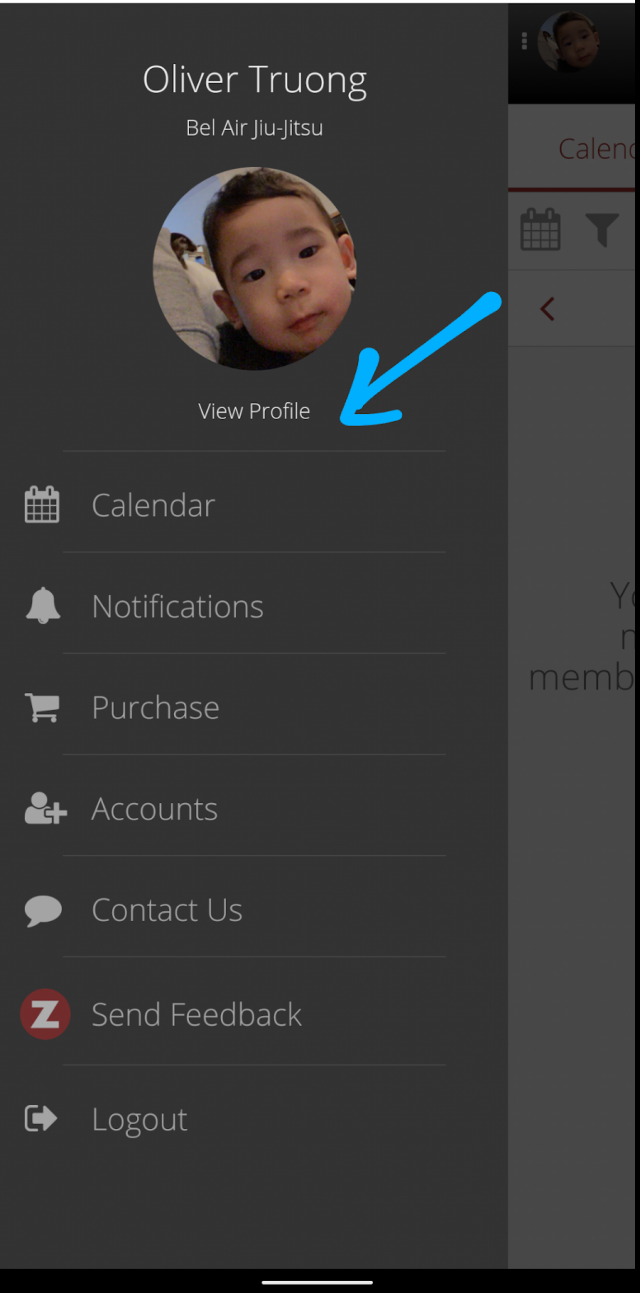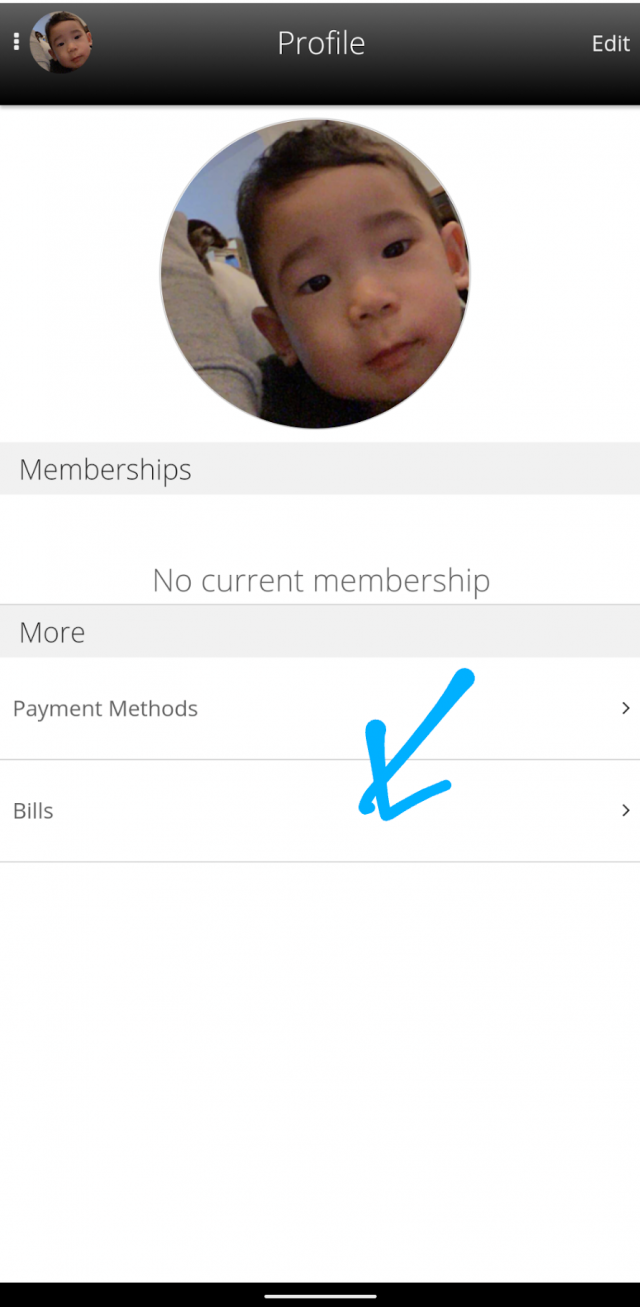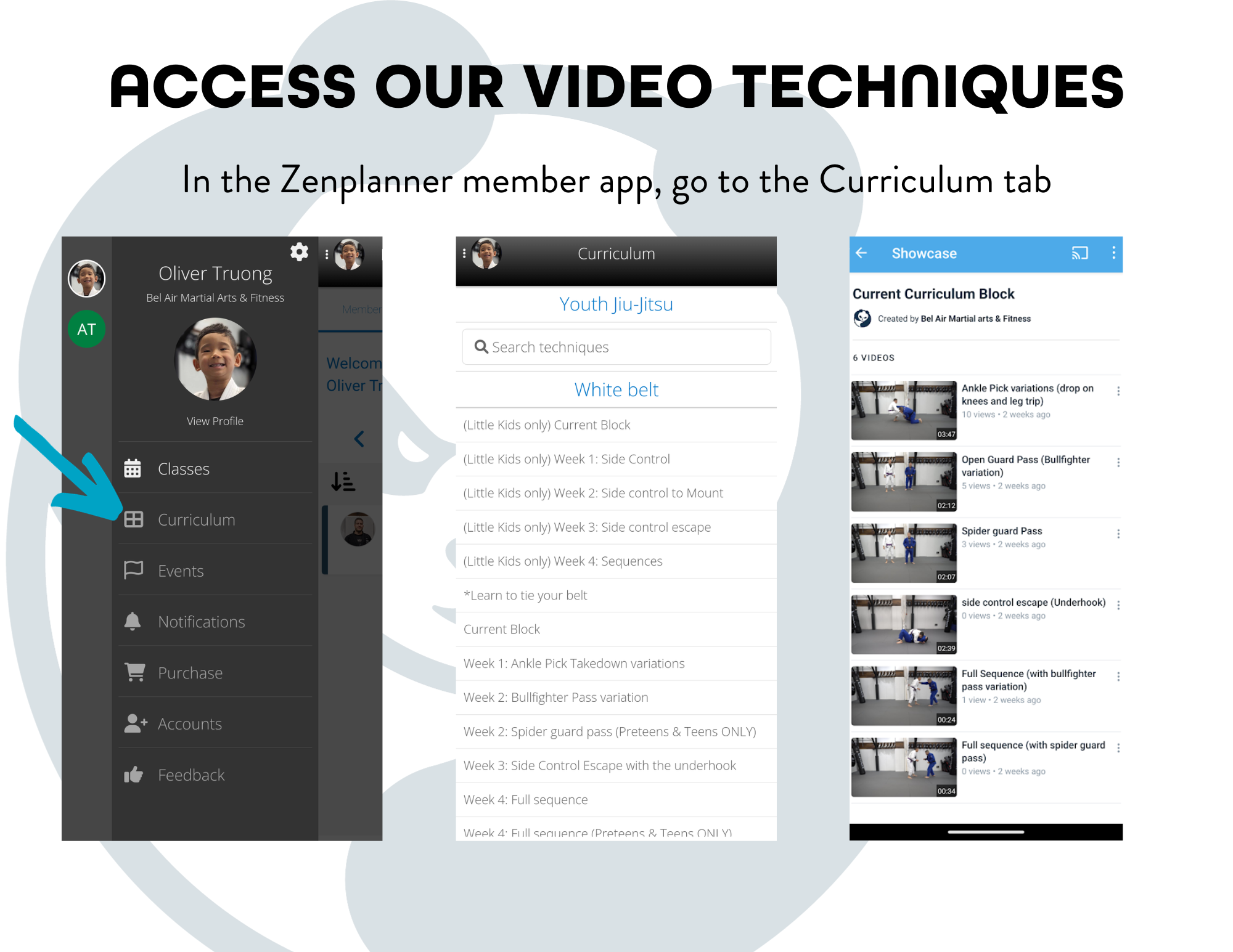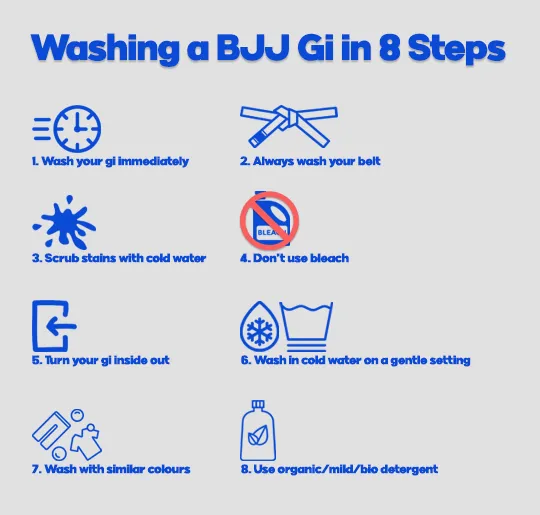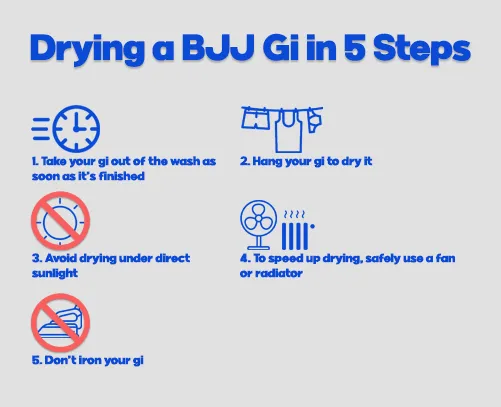FAQ
Rules
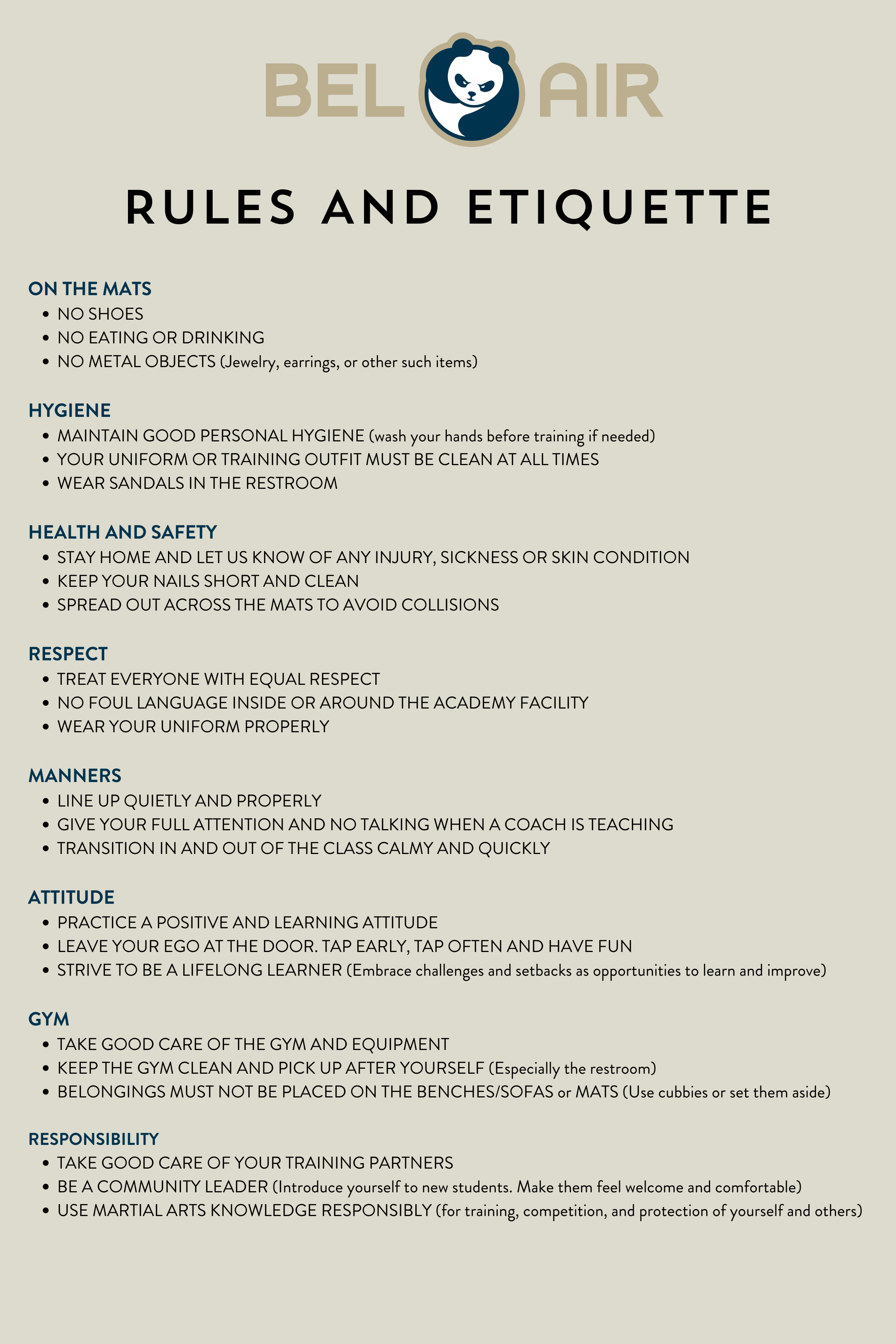
Membership
- How do I make a payment toward my account balance?
- Is there a contract?
- What is a recurring membership?
- How do I manage the information associated with my account?
- Do I have to book my child’s class every week?
- How do I cancel a class?
- How do I schedule a make-up class?
- Can I put on hold my membership?
- How do I cancel my membership?
- Why do you ask for a 7-day notice when cancelling my membership?
- Why do I receive an email message that my Automatic Payment Has Failed?
- What will happen if I don’t correct my credit/debit card info in order to resolve the failed membership payment?
Log into your account using the Zenplanner mobile app (Android, Apple) or going to https://teambelair.zenplanner.com. You can then make a payment against your account balance.
How to pay on the app?
No, we offer all monthly memberships on a month-to-month basis. However, the monthly memberships are setup to automatically charge your credit/debit card on a monthly basis (recurring).
All of our monthly memberships are set up to automatically charge your credit or debit card on the same day as your initial purchase date. For example, if you bought a membership on January 15th, you will be charged every month on the 15th of the month.
After the registration process, you can manage your account using the Zenplanner app or by visiting https://teambelair.zenplanner.com. Your credentials are the same ones you entered during the initial registration process.
No. Once you purchase a membership, your child will automatically be signed up every week for the class(es) you picked.
For us to prepare for an effective class and to prevent having students without training partners, please notify us in advance if your child will not be able to attend. Cancel via the Zenplanner Member App. The cancellation window closes an hour before the start of the class. Things happen, if you have an emergency within that period please contact us directly to notify us.
For makeup classes within the same week, cancel the missed class and book the makeup class. For makeup classes before or after that week, follow these steps:
- “purchase” a makeup class on the member app by following these steps: pick the right user profile > Purchase > Make-up Class.
- Go to Classes, and book the makeup class. Choose the same class (age group and level). Exceptions can be made at the staff’s discretion. The makeup class needs to be used within 14 days after “purchasing” the makeup class.
For additional help, text us at (872) 216-4535.
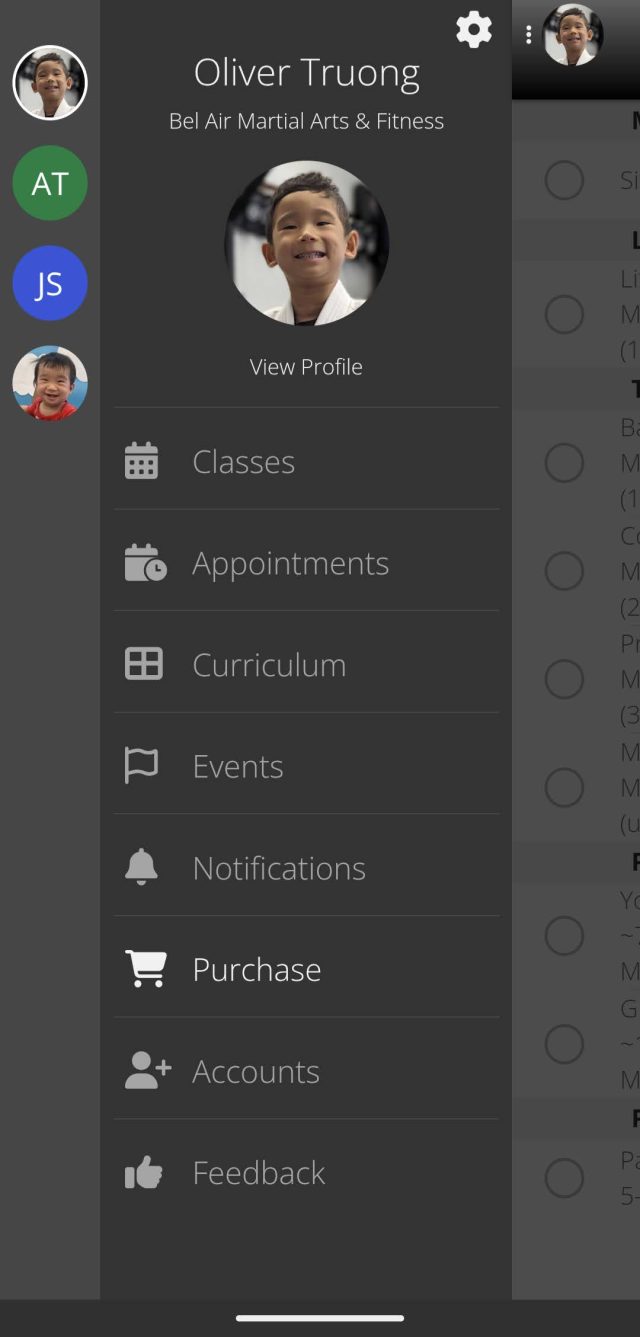
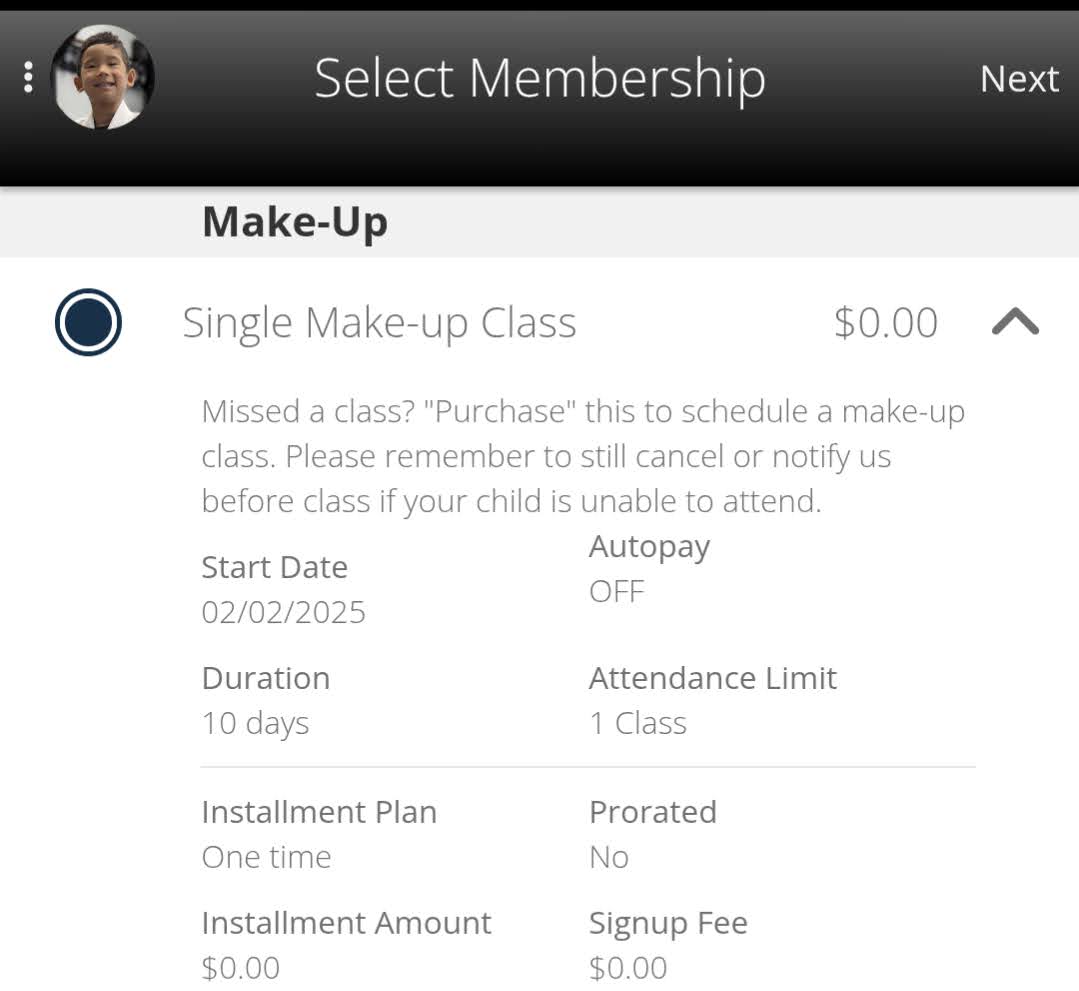
Membership can be put on hold when going away for at least 2 weeks. To do so, send an email to alex@teambelair.com.
There is a $100 fee to keep your spot if you put a membership on hold for over a month. This fee is credited back to your next membership period payment.
Send an email to alex@teambelair.com
Parent tip here.
We ask for an advance notice so that we can properly terminate your membership so that our system does not charge your account. Our system and staff can not base your desire to cancel your membership purely on your attendance. As such, please communicate your membership cancellation via an email message to alex@teambelair.com.
Our system will attempt to charge the credit/debit card you have associated with your account each month on the same day as the initial purchase date. You will get an email notification that the attempted charge has failed if your card has expired or if there is insufficient fund in your account. The email message will also have instructions for you to follow in order to update your account information before our system will attempt to charge the card on file again.
After trying to charge your account 7 times our system will charge the membership fee to your account. We will allow your child to train for two weeks while there is an account balance of one month of membership on your account. This will give you time to update your credit/debit card information.
Curriculum
- Where can I find the Technique videos?
- How is our Jiu-Jitsu curriculum structured?
- How is the Striking curriculum structured?
- Can my child review the techniques at home?
Our Jiu-Jitsu curriculum is broken down into 5-week blocks. Each block covers a sequence of techniques. Video recordings of the techniques of the current block are available on our Vimeo channel
Week structure:
- Week 1 usually covers stand-up techniques (usually takedowns and anti-bully/self-defense training)
- Week 2 usually covers position control, position advancement, and submission techniques
- Week 3 usually covers escape techniques
- Week 4 is a test week where students demonstrate the past 3 weeks’ techniques individually and together at a faster pace and with higher resistance from their training partner than the past 3 weeks
- Week 5 covers competitive sparring a makeup test for students who were close to passing in week 4
Note: Little Kids program (5-6yo) doesn’t always follow this structure but focuses on games that help students build a strong foundation around the main Jiu-Jitsu positions.
Our Striking/Muay Thai curriculum is also broken down into 5-week blocks.
Typical week structure:
- Week 1 covers Offense (including clinch and sweep)
- Week 2 covers Defense (block and evasion)
- Week 3 covers Tactical fighting (Counter, feint and footwork)
- Week 4 covers a recap and informal testing
- Week 5 covers competitive sparring
Note: Attending striking classes does not go toward a student’s promotion in Jiu-Jitsu. We also do not implement a striking ranking system at this time.
Students are encouraged to review the techniques at home with their siblings or parents as long as it is playful and not forceful
Belt Promotion
- What are the promotion criteria?
- How does testing work?
- How does the belt system work?
- Our Discipline approach
1. To pass, students have to demonstrate all 3 techniques with 80% accuracy and no pause longer than 2 seconds while the other partner gives a 10% resistance
2. Students can receive help in the beginning but then have to demonstrate the technique on their own to pass. The coach can give 1 support prompt when testing.
3. (Updated 5/24) To be eligible for a promotion, students must attend at least 6 classes since their last promotion and within 2 months. It meant that if a student trains once a week, it would take longer to be promoted compared to a student training twice a week.
4. Students are not eligible for promotion if they receive a single discipline call (type 1) during testing class or 2 discipline calls (type 2 or 3) in the past 3 weeks. These calls are tracked on our picture board with yellow pins.
Accommodations for our Panda program
- No pause longer than 4 seconds
- Students can receive verbal prompts from their training partner the entire time. The coach can give 2 support prompts per technique when testing.
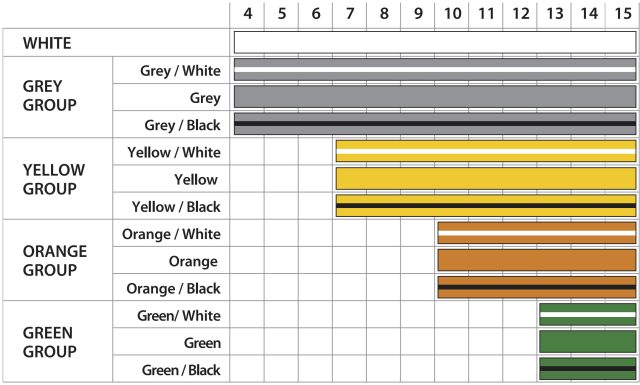
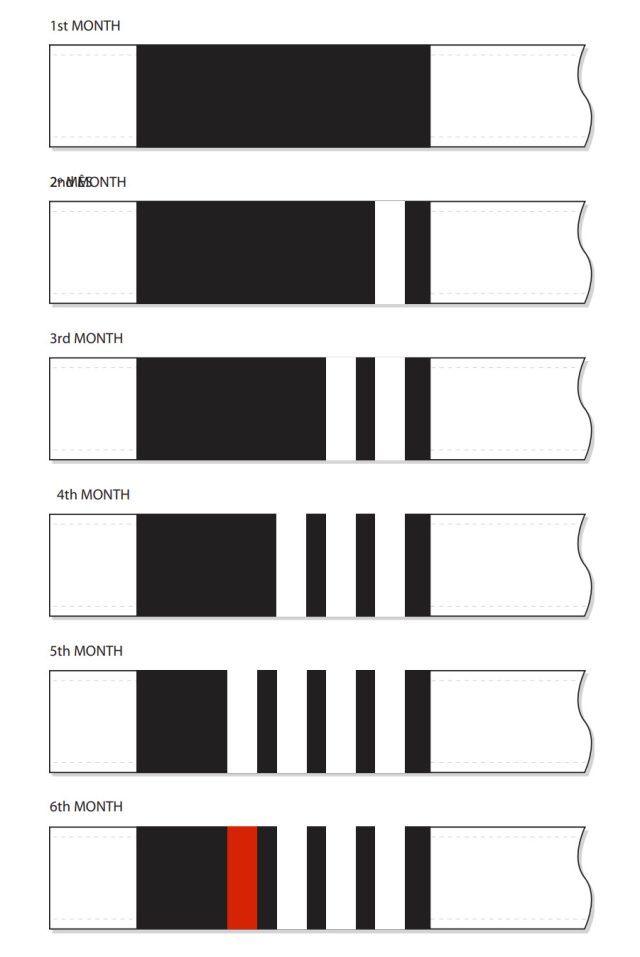
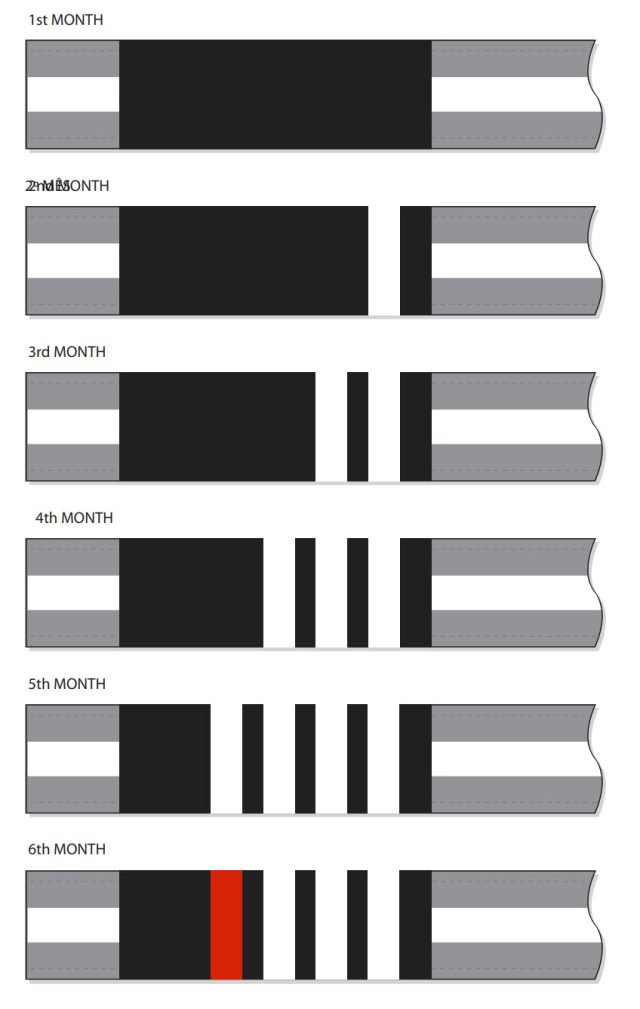
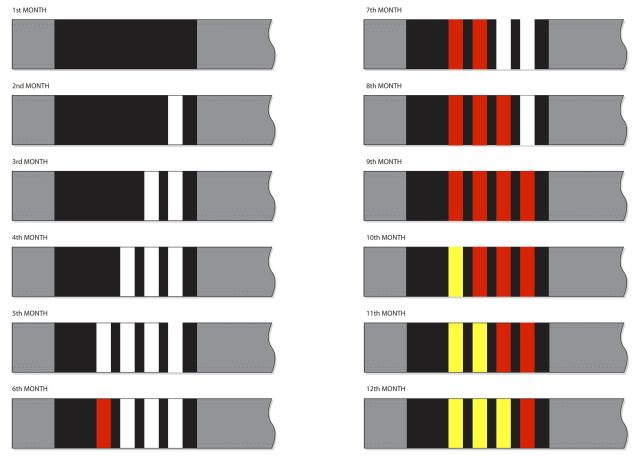
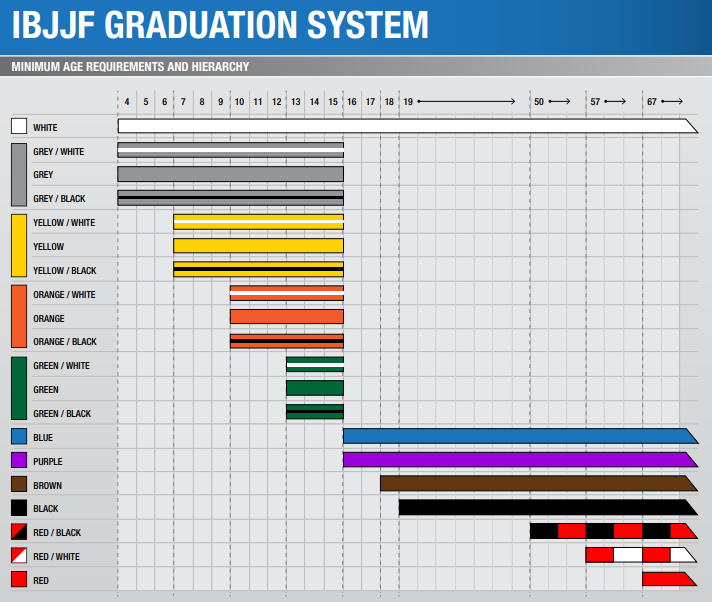
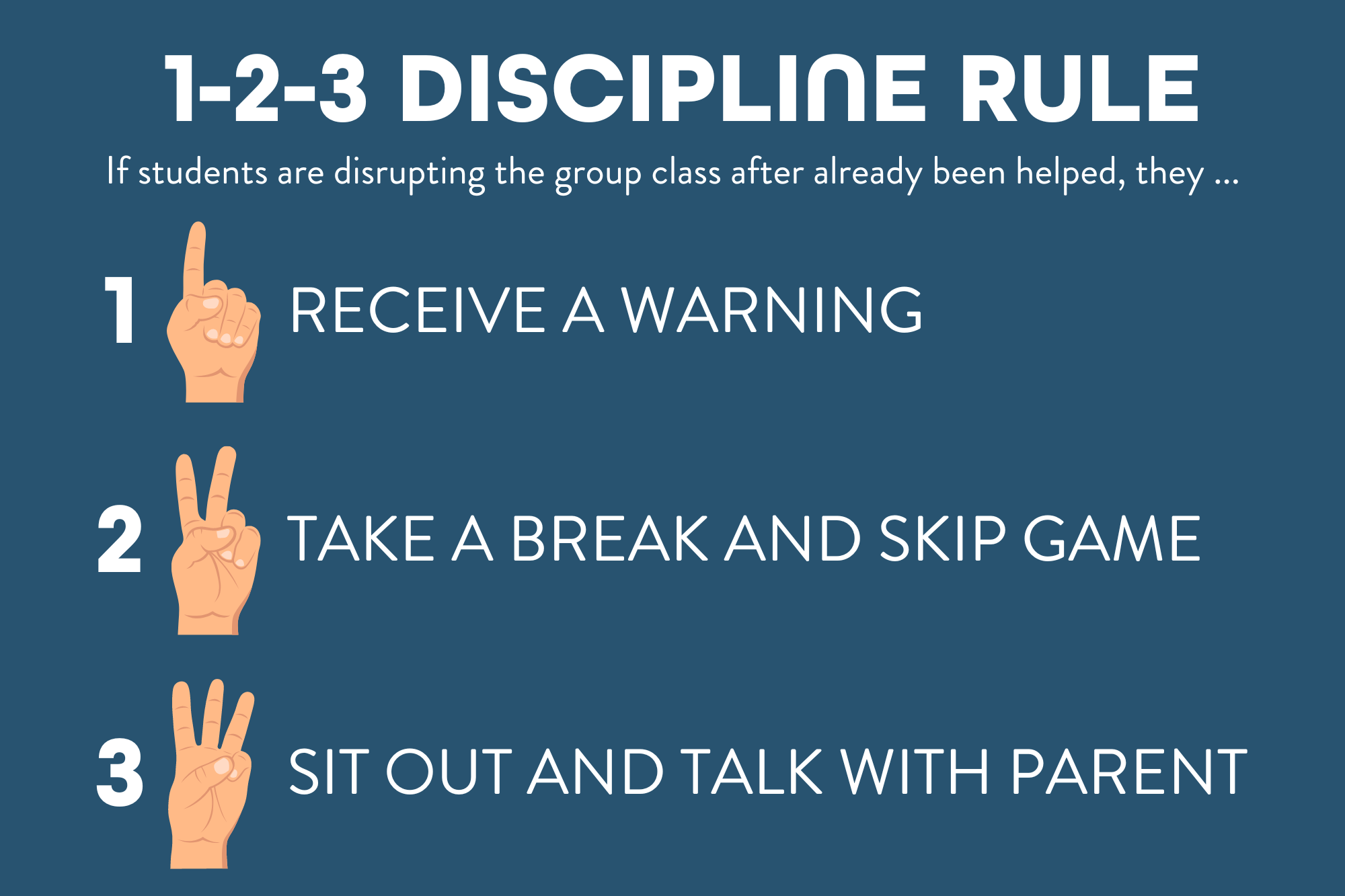
Reminder: Students are not eligible for promotion if they receive a single discipline call (type 1) during testing class or 2 discipline calls (type 2 or 3) in the past 3 weeks. These calls are tracked on our picture board with yellow pins.
Gi uniform
- How to tie the Jiu-Jitu belt?
- Why is the Jiu-Jitsu Gi uniform needed?
- How do I wash the Gi uniform?
Please watch our video tutorial and practice at home.
The reasons to wear the Jiu-Jitsu Gi are:
- Hygiene
- Functional
- Many techniques rely on the Gi and it also helps to slow down movements which facilitate learning.
- Team spirit
Parent guide
- How to be a supportive Jiu-Jitsu parent?
- What if my child wants to quit?
- What if my child missed a class?
- Should my child switch to another age group or class level?
Parents have an important role in their children’s progress. Here are the 5 best practices we recommend our parents:
- Set them up for success
- Ensure your child gets enough rest
- Arrive for class a little early when possible
- Be enthusiastic and encouraging
- Stay on the side during class
- Avoid staring or calling out to your child
- Refrain from coaching your child during or after class.
- Stay in the waiting area unless invited onto the mat.
- Be your child’s #1 supporter
- Focus on what they do right
- Initiate discussion on the way home about class and how they feel
- Jiu-Jitsu is hard. Tell them often how proud you are.
- Talk to us
- Frequently share with us any feedback directly or online
- Discuss with us as early as possible if you see that your child is losing motivation
- Bring them to class consistently
- Continuous effort is key to unlocking potential.
This is an excellent guide for parents
Jiu-Jitsu is not easy. It is physically, mentally, and emotionally demanding. Few students may show signs they want to quit before their first belt promotion which is in 6 to 12 months. If your child has lost motivation, please reach out so we can discuss potential options. Sometimes it doesn’t take much to build back a student’s interest. A simple discussion can uncover why the student is no longer having fun. Making small adjustments in their next classes, attending other classes, or doing a private class can put your child back on track.
Cancel ahead (2 hours prior to class) on Zenplanner in order to book a make-up class within the same week, or reach out as early as possible for us to help you book it this week or the following week.
As much as we monitor each of our students’ progress, we value your insights. If you believe your child would benefit from changing classes, please do not hesitate to let us know. Keeping our students motivated and engaged both physically and mentally is a top priority.
